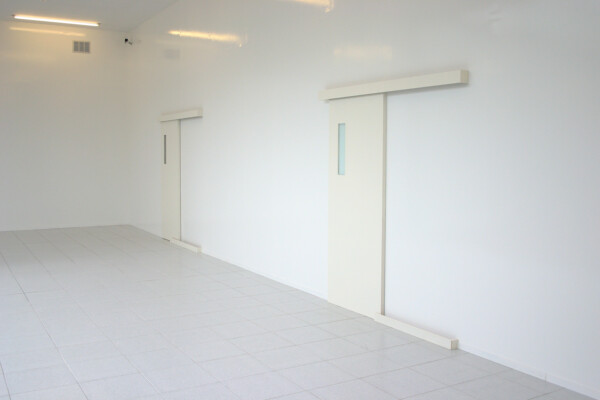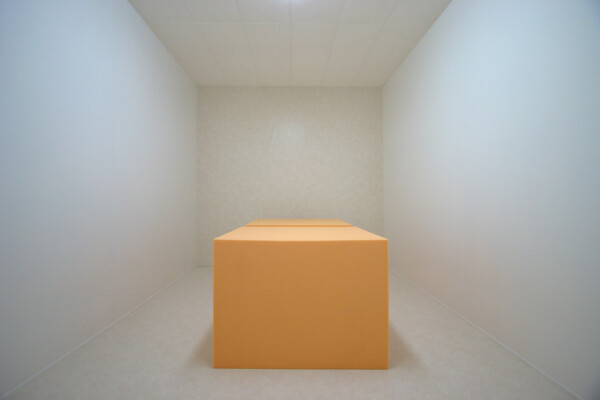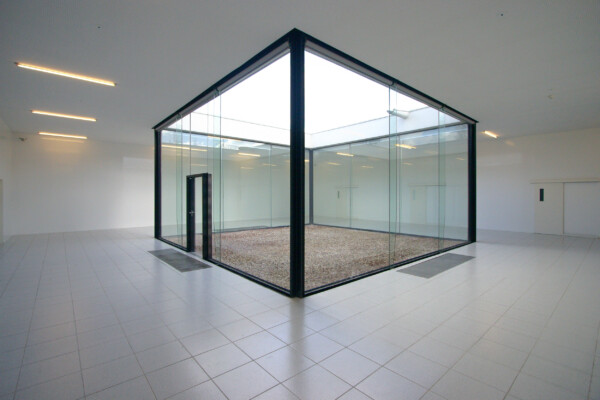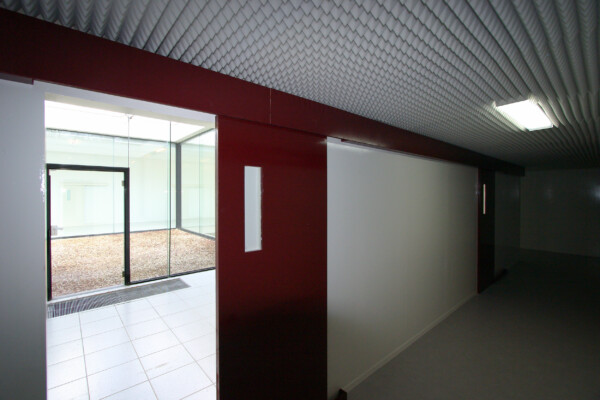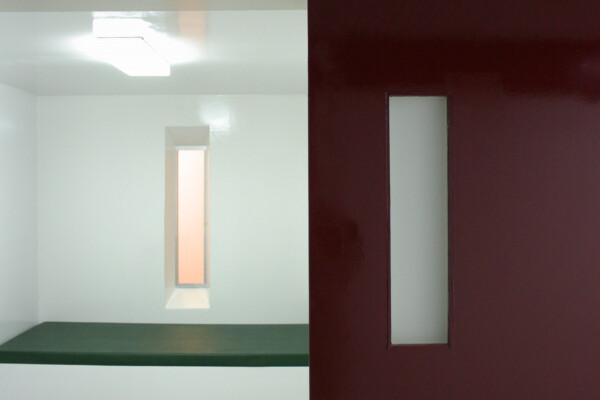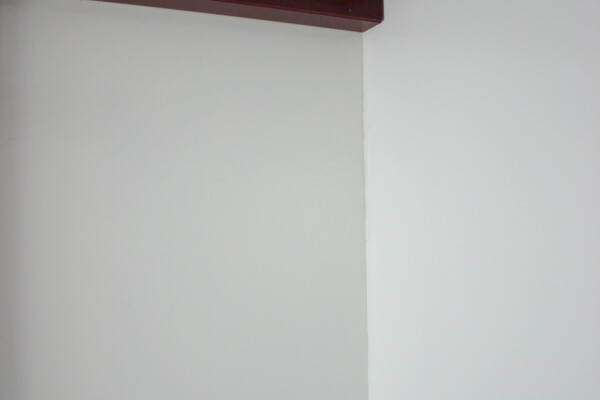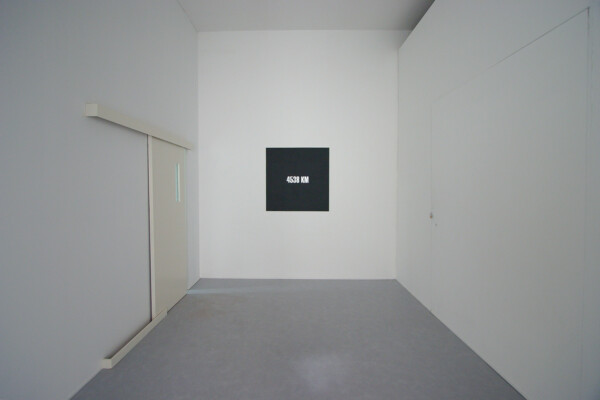Gregor Schneider
4538 KM
In 1985, the German artist Gregor Schneider began renovating the interior of a house in Rheydt. He named this provocative house the Haus u r. It is a disorienting, spatial puzzle of which he reconstructed fragments in his exhibitions. By installing a part of his Haus u r in the German pavilion during the 49th Venice Biennale in 2001, he won the Golden Lion. Through a deliberately alienating entanglement of rooms, physical and visual disorientation is created, blurring the boundaries between reality, art, and architecture. By erecting walls, he hides objects, making them only conceivable. Rooms are built within rooms, walls are placed in front of existing walls, windows are concealed while others are created, rooms are mirrored and rebuilt, etc. Even the air circulating and the light seemingly entering through windows are illusions created with fans and hidden light sources.
His fantasies and obsessions are consistently developed architecturally, using explicit or minimalist formal language. This makes it impossible to distinguish between what Gregor Schneider has built and what he has not. Through these continuous and endless renovations, the process of creation becomes completely incomprehensible. The obsession with isolation originated from a fascination with the scream. The drawings he made for his first exhibition (Pubertäre Verstimmung, 1985) referred to Edvard Munch’s The Scream and Francis Bacon's Pope series. Schneider considers screaming ‘the ultimate expression,’ but after a while, he became less interested in the representation of the scream itself. He, therefore, sought an update and exploration of the concept. Hence, he designed a series of spaces so isolated that sound and light could not enter or escape. The scream of someone inside could not be heard from the outside and could only echo within. He used materials such as fibreglass, lead, or other soundproofing materials. The notion of the silent scream also led him to explore places that carry memories of traumatic events.
For his project at MDD, he based it on photos of the Guantanamo Bay prison in Cuba. His exhibition is a large ‘in situ artwork’ that, however, is taken to such an extreme that it completely disregards the existing spaces, appearing very strange and frightening. While it partly ‘reconstructs’ reality, there are elements, of course, that arise from his imagination. This very concrete reality is combined with abstract elements, further enhancing the sense of alienation. The architecture is familiar, but what exactly happens to the prisoners who have lost their identity is unknown. Perhaps, in Schneider’s project, one experiences what cannot be shown.
